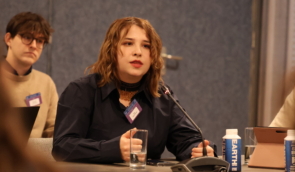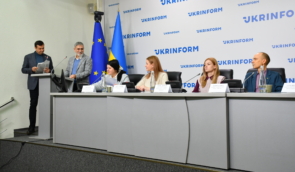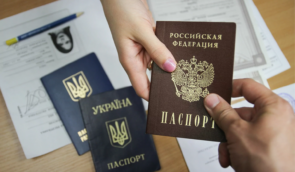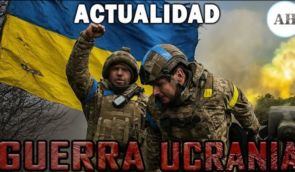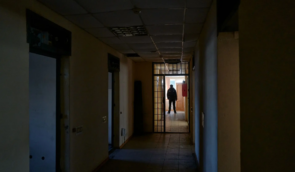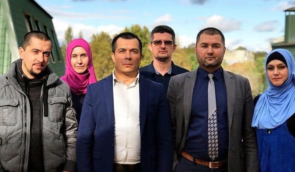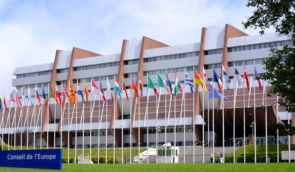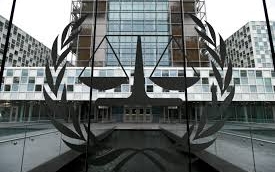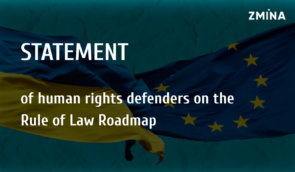ZMINA provided input to the UN Working Group on Enforced or Involuntary Disappearances
Human Rights Centre ZMINA provided input for a thematic study by the UN Working Group on Enforced or Involuntary Disappearances on “New Technologies and Enforced Disappearances”. ZMINA’s experts analyzed the tendencies in the documented enforced disappearances in the occupied territories and found an important intersection of these war crimes with new technologies.
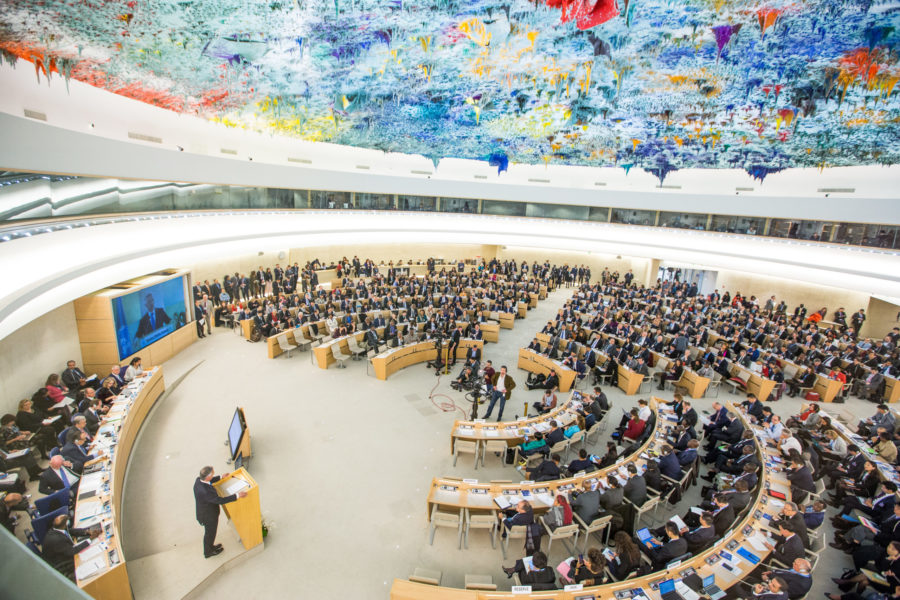 Photo: Illustrative image. The Human Rights and Alliance of Civilizations Room in the Palace of Nations in Geneva, where the Human Rights Council meets
Photo: Illustrative image. The Human Rights and Alliance of Civilizations Room in the Palace of Nations in Geneva, where the Human Rights Council meetsAccording to ZMINA, at least 473 cases of the enforced disappearance of activists, volunteers, journalists, officials and employees of local self-government bodies, educators, religious figures, cultural figures, as well as relatives of active citizens who actively resisted the Russian invasion in a peaceful way were documented as of 31 January 2023.
The analysis conducted by ZMINA shows that the Russian military and representatives of the occupation military administration use new technologies for the enforced disappearance of civilians, in particular via extracting information from mobile phones, identifying disloyal civilians by analyzing their activity on social media, using social media sites to disseminate forced “confessions” of civil society activists, using data on mobile phones and social media chats as “evidence” to prosecute active citizens and hold them administratively and criminally liable by the occupying power.
For instance, during filtration, Russian forces check the data on memory cards of civilians’ mobile phones and the information contained in social media chats and messengers on their mobile devices. Moreover, Russian troops and the occupation military administration cut off access to Ukrainian mobile and Internet providers and Ukrainian television in the occupied territories, and install devices to track incoming and outgoing Internet traffic on cellphones and computers of civilians to monitor their contacts with the outside world.
On the other hand, new technologies can also help to search for forcibly abducted or gone missing persons. It can be done by tracking bank transactions of abducted persons since the occupiers often take victims’ bank cards and may then use them, billing on mobile phones of victims of enforced disappearance, using CCTV footage and face recognition.
The analysis shows that new technology can be used for good, as well as for evil – everything depends on the intentions of the user. Now it is in our power to use this knowledge for limiting the possibilities of human rights violations by means of new technologies and to establish the practice of effective searches for missing or abducted people, using the advantages of the modern world.
The thematic study will be presented to the Human Rights Council in September 2023.
The full version of the input can be found on the OHCHR website.
For reference: the Working Group on Enforced or Involuntary Disappearances is one of the thematic special procedures overseen by the United Nations Human Rights Council. Its central purpose is to help the relatives of disappeared persons ascertain the whereabouts of their disappeared family members. The Working Group is composed of five independent experts of balanced geographical representation. Together, they investigate individual cases and produce reports and opinions in order to fulfill the mandate.
If you have found a spelling error, please, notify us by selecting that text and pressing Ctrl+Enter.


